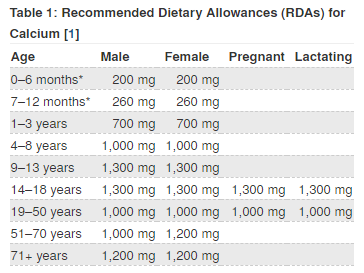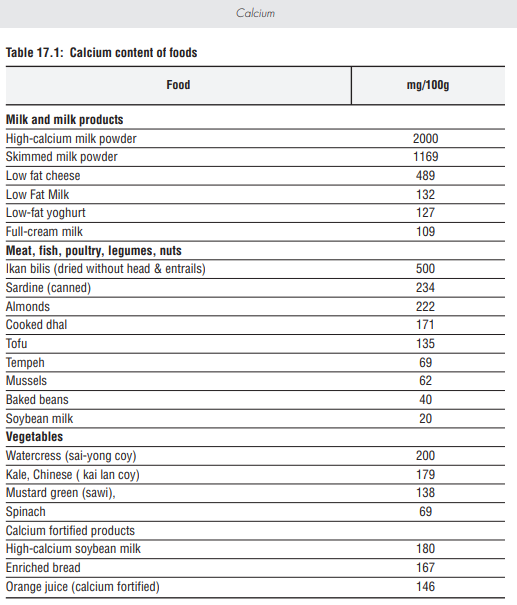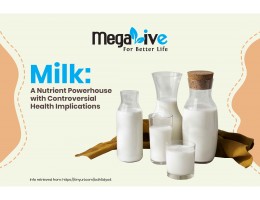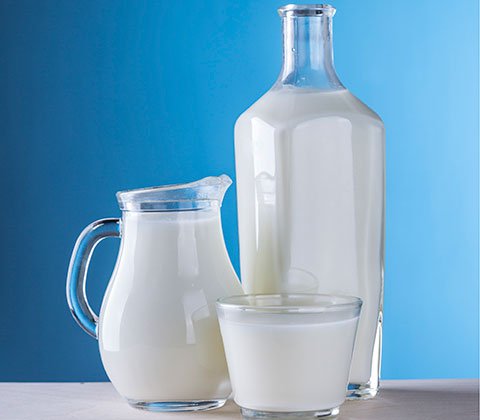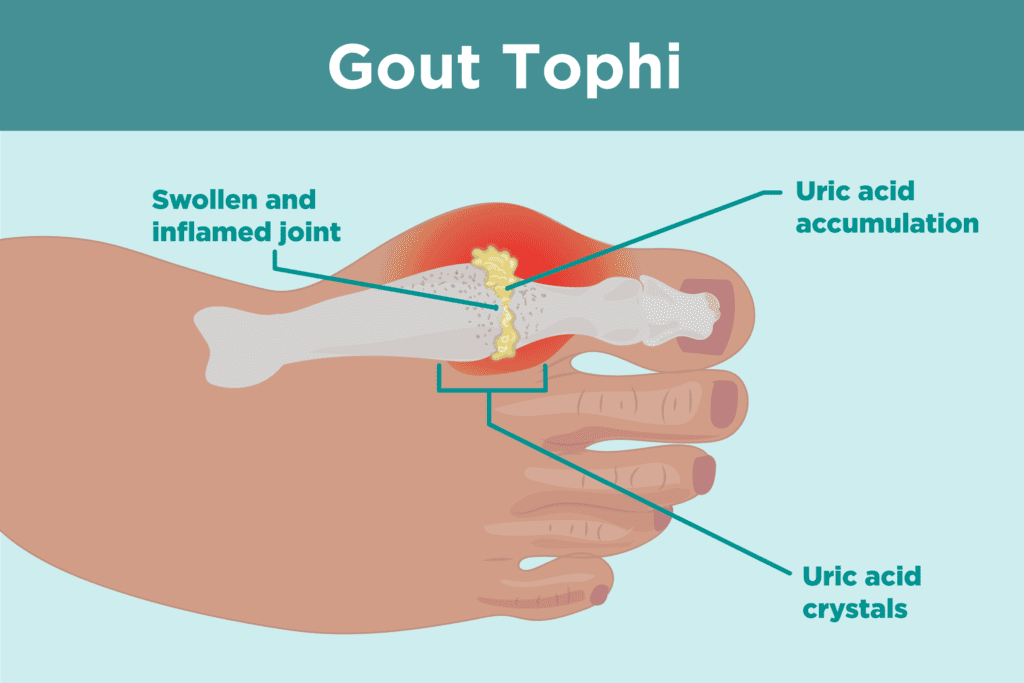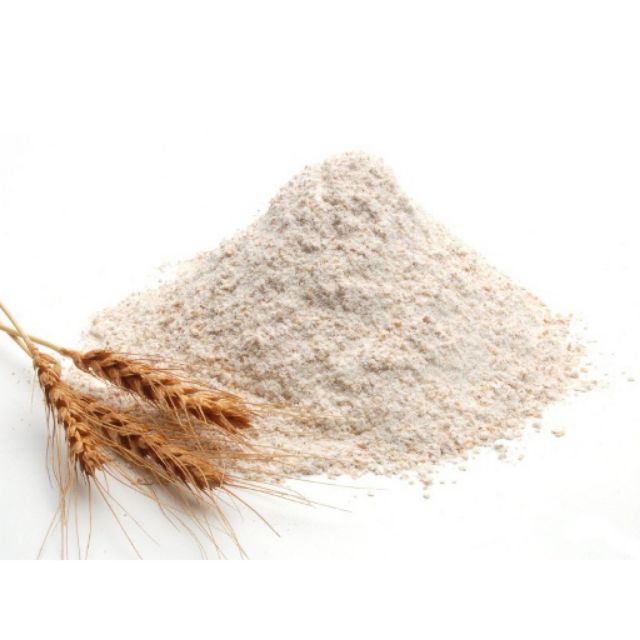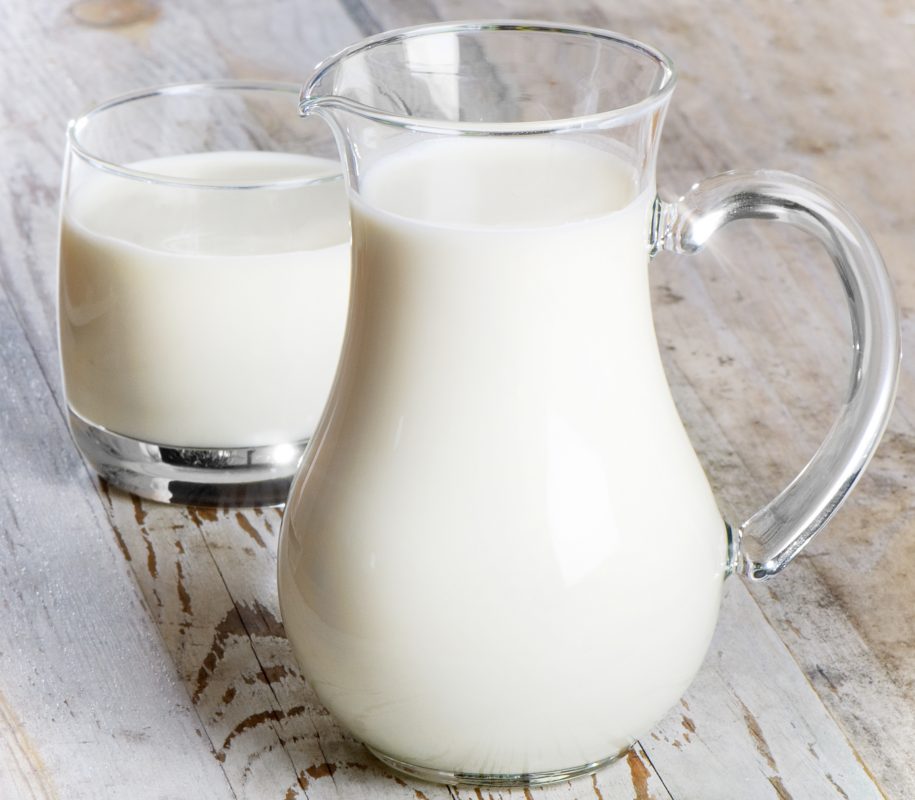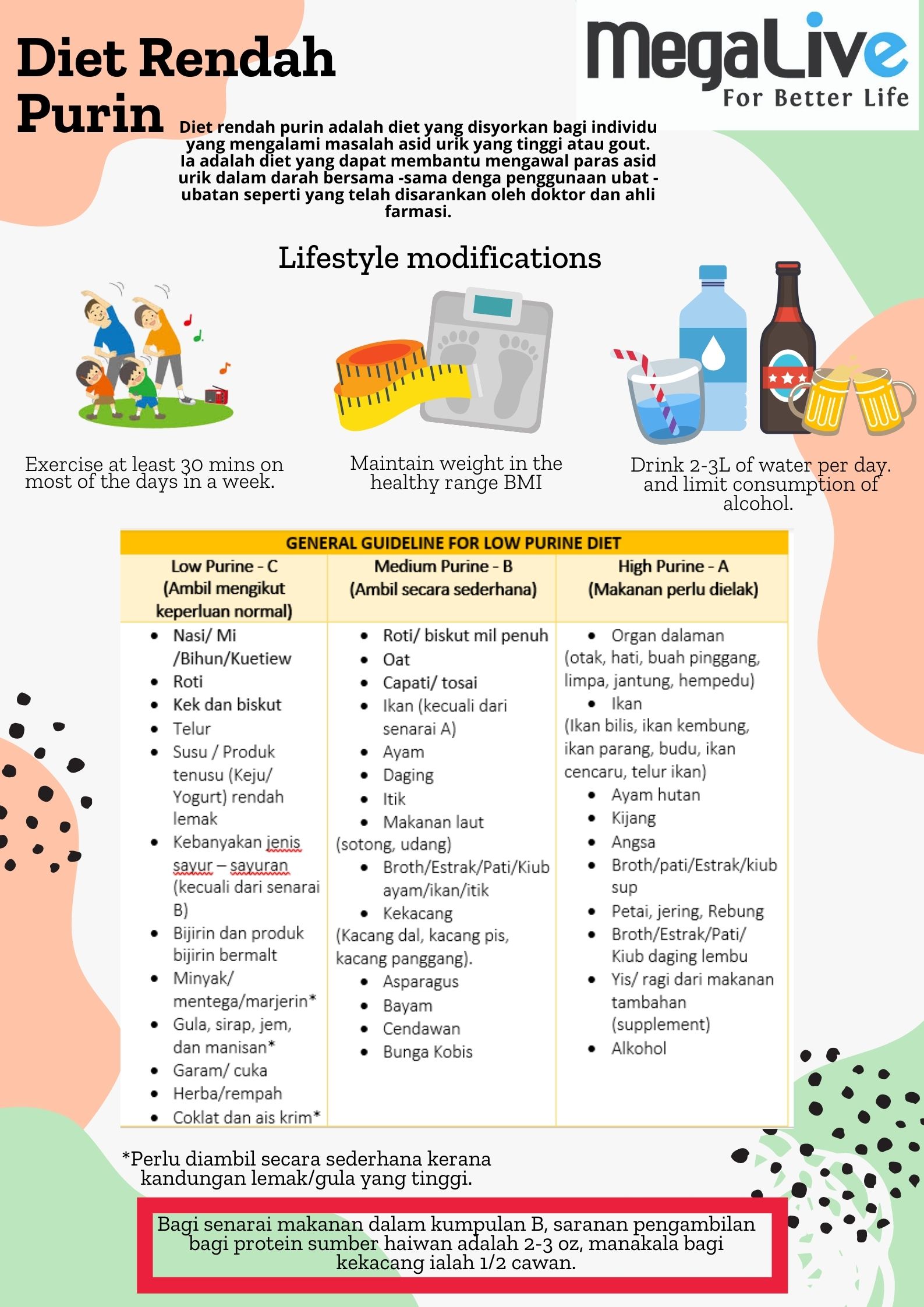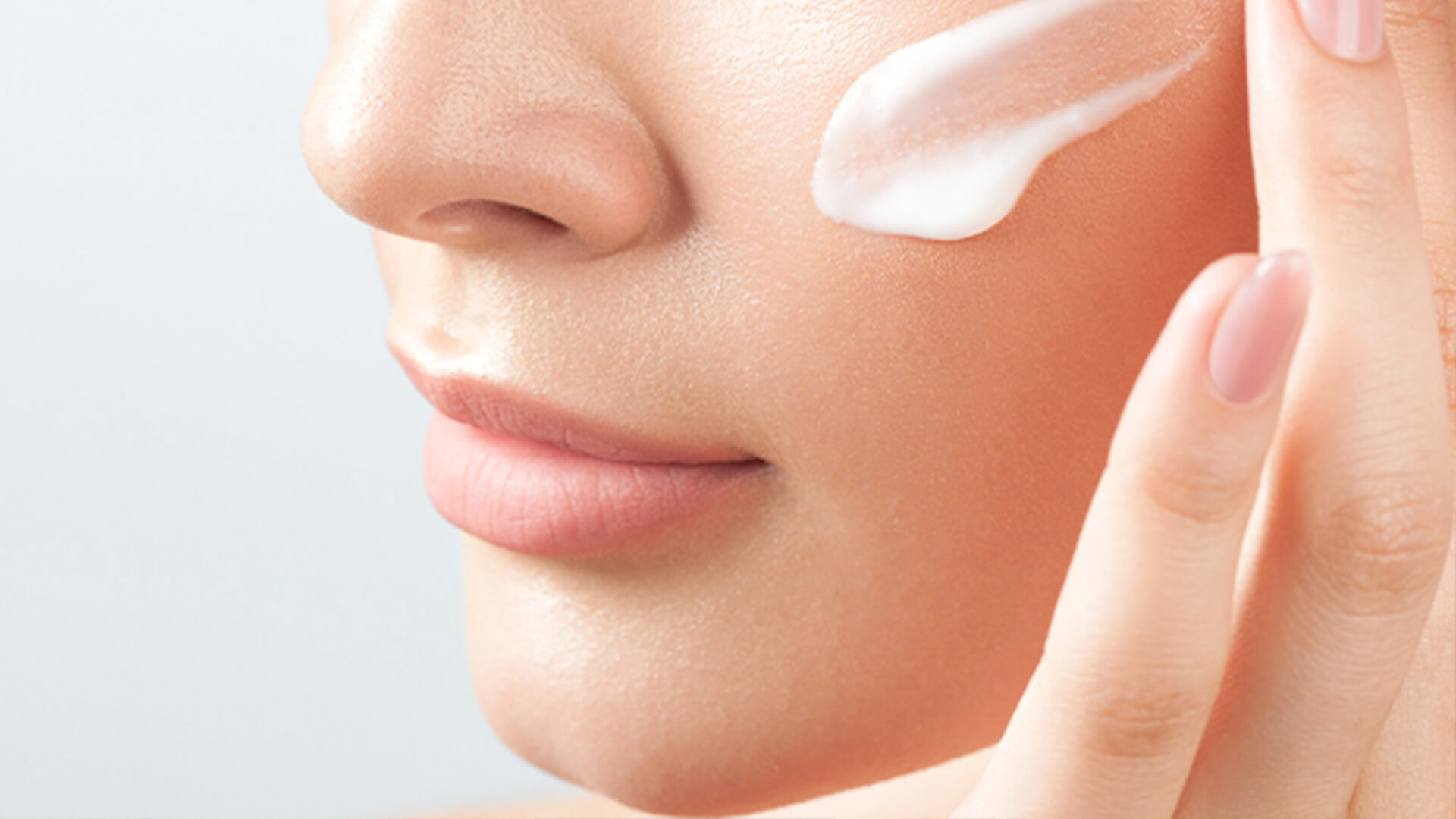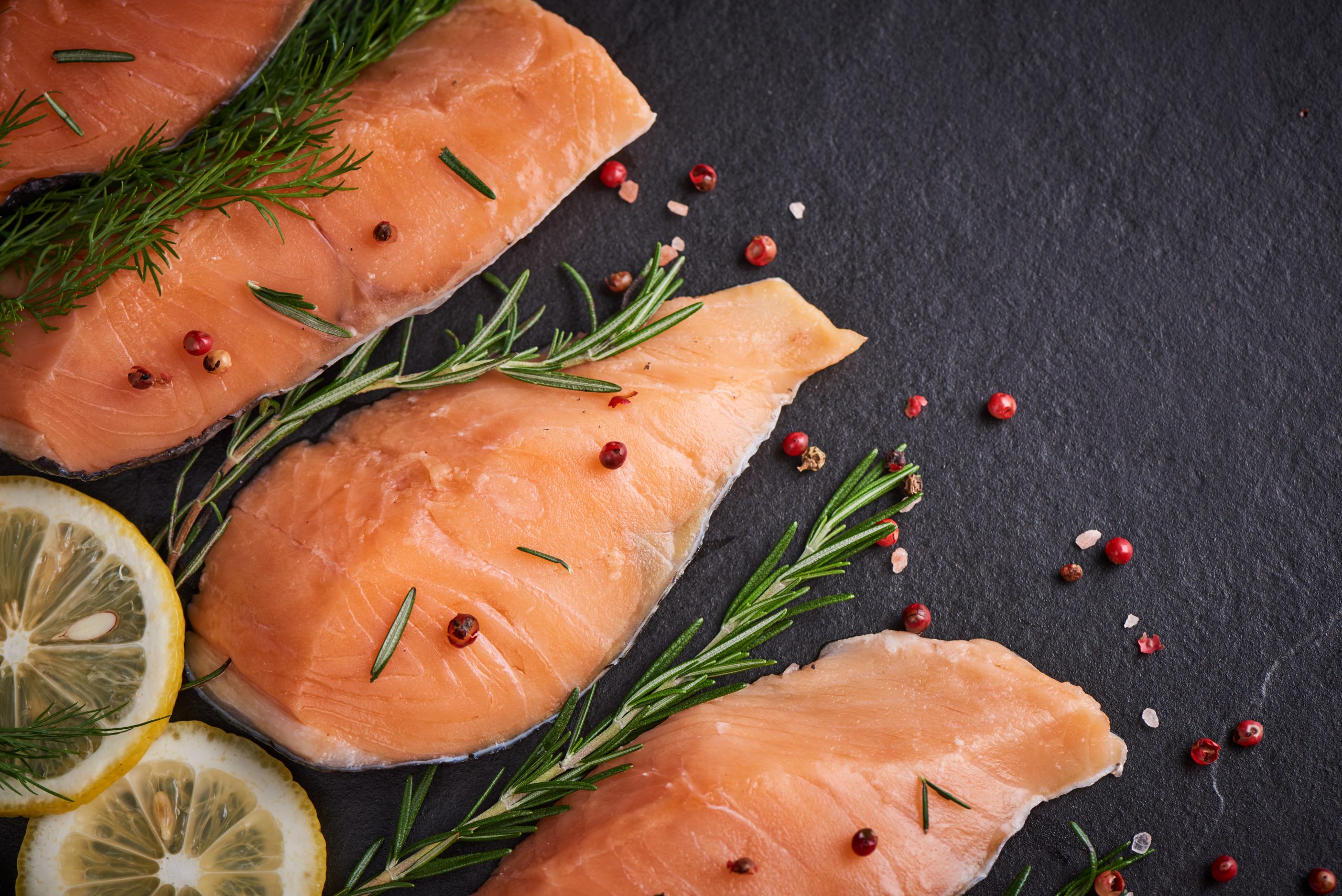Joint is the connection between two bones structure that allows you to bend and being flexible. Part of the structure are also, smooth tissue called cartilage, synovium and synovial. Synovial is fluid that act as lubricator in the joint area (1,2).
Below are few tips for healthy joint:
Maintaining healthy weight
Joint pain usually occurs as a result of the normal wear and tear thus it is no surprise that the heavier the person the more load joint must carry, thus, in the long run this will develop pain in the joint. Study found out that, just by being obese an individual has four- to five-fold increase in the risk of developing osteoarthritis (1, 2).
So, now go and weigh your body and find out your healthy weight
(psssttttt you may talk to us as well)!

Exercise regularly
We always know that by being physically active it can lower the risk of getting diseases. However, what if one already has the joint problem? How can one exercise and be physically active?
Many do not know that by performing correct exercise and do it with correct technique, it can alleviate joint pain and/or numbness that usually people with osteoarthritis or rheumatoid arthritis have. Aerobic exercise (Exercise that can increase heart rate) such as swimming can improve joint health (2,3).
If you already experiencing joint pain and would like to alleviate the pain using exercise method in combination with trying to get healthy weight, bear in mind to apply heat, because heat can relax your joint and muscle, you can also try to use warm towel or hot pack. Always go for slow movement and warm up your body with stretching first for about 10minutes to 15 minutes. If you feel pain, take a break or slow down.
Another easy tip is that, do not be a couch potato! By not moving your joint it increases the tendency for your joint to become stiff hence in the long run you will experience joint pain (2, 3).

What about food?
Eat food that is high with Calcium and Vitamin D
Food plays a huge role in our daily life, not only that it nourishes our body with nutrient, vitamins and minerals but it also at the same time prevent us from getting diseases. Deficiency of minerals and vitamin such as Vitamin D and Calcium can lead to many problems such as joint problem (1,4,5).
Calcium is the healthy bone mineral. About 99% of the calcium in the body is stored in bones and teeth. It is mineral that makes them hard strong. Study found out that, adequate amount of calcium intake lead to better bone and joint health. In older adults, especially in post-menopausal women, bone is broken down at a faster rate than it is built. If calcium intake is too low, this can contribute to osteoporosis. Thus, consumption of food high with calcium content is very crucial since young (1,4,5).
Apart from dairy product, there are various other food that is close to Malaysians but people do not know that is high with calcium such as fish with edible bones (sardines and anchovies), beans and bean products such as yellow dhal, tofu, and tempeh, or locally processed food such as cencaluk, budu, vegetables like spinach, cekur manis, tapioca leaves, kailan and brocolli. In fact the bioavailability of calcium in broccoli is just about the same in milk!
Check this out…
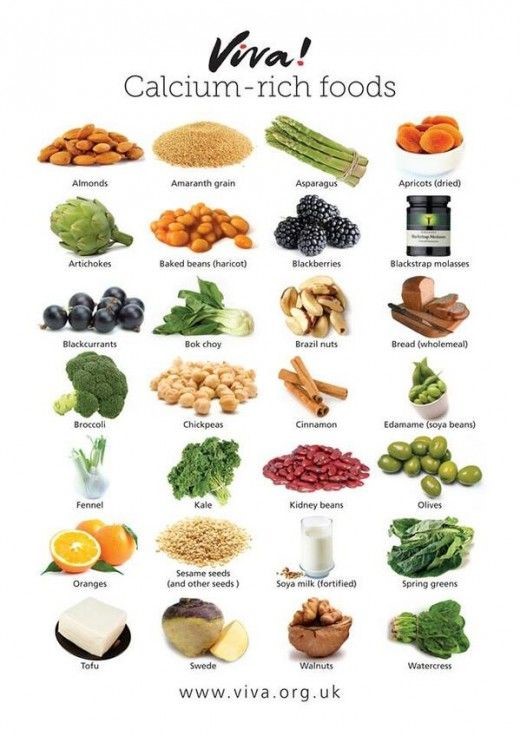
Whilst for Vitamin D, usually we can get it from the exposure to sunlight, however, since nowadays we often stay indoors and use products with SPF when we are outside thus lesser vitamin D is able to absorb by our body. Vitamin D is important for the absorption of calcium, even when there is enough calcium intake, when vitamin D is not enough in the body, calcium will then become a waste (1,4,5).
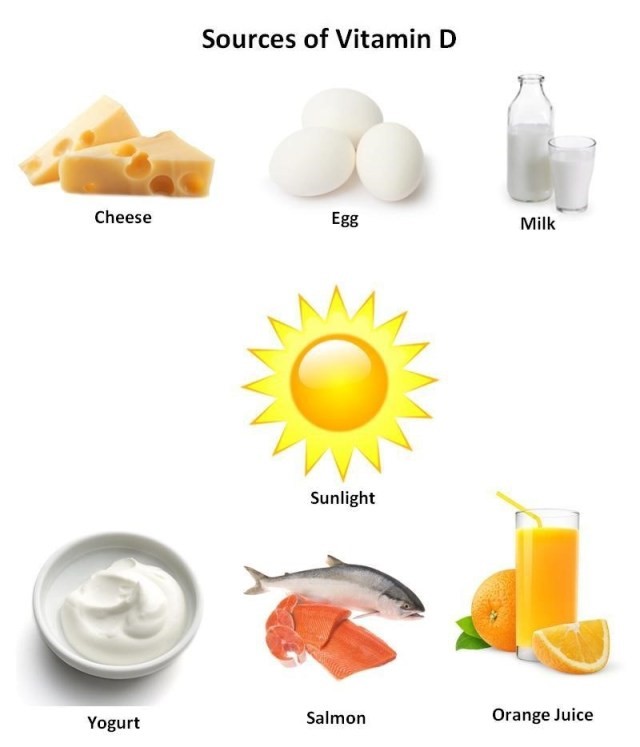
Thus, it is very important to consume calcium and vitamin D rich foods in order to take care of our bone and joint health. Since in most countries currently the ‘lockdown’ phase is still ongoing, thus if you notice that you may be suffer from not getting enough vitamin D, thus start consume vitamin D rich foods like the above. Read food labels and consume food that is fortified with vitamin D such as breakfast cereals and milk.
References
- Kristin L. Clarke. (2007). Nutritional Consideration in Joint Health. Vol 26. Issue 1 (1010-108). : https://doi.org/10.1016/j.csm.2006.11.006
- WebMd (n.d). Tips for Taking Care of your Joints. https://www.webmd.com/arthritis/caring-your-joints#1
- WebMd (n.d). Tips to Keep Joint Healthy. https://www.webmd.com/rheumatoid-arthritis/better-living-ra-17/active/slideshow-keep-joints-healthy
- Healthline (n.d). Is there are connection between Vitamin D and Joint Pain? https://www.healthline.com/health/vitamin-d-and-joint-pain
- Cleveland Clinic (2015). Osteoporosis Prevention with Calcium Treatmenthttps://my.clevelandclinic.org/health/articles/15049-osteoporosis-prevention-with-calcium-treatment









